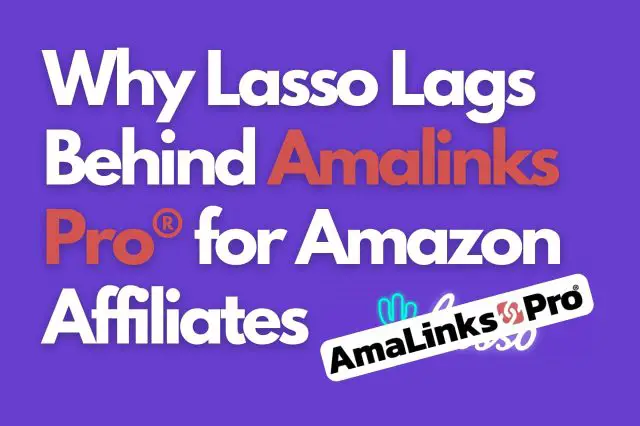Term:
conversion
Definition:
Conversion refers to the process of turning website visitors into customers or leads by taking a desired action. These actions may include signing up for a newsletter, purchasing a product, filling out a form, or requesting a consultation. In other words, website conversion is all about getting visitors to do what you want them to do, and it is an essential component of any successful digital marketing strategy.
The concept of website conversion has become increasingly important as businesses and individuals have become more reliant on the internet to reach and engage with customers. With so much competition online, it is no longer enough to simply drive traffic to your website; you also need to convert that traffic into actionable leads and sales. This is where website conversion optimization comes in.
Website conversion optimization is the practice of improving the likelihood that a website visitor will take a desired action. It involves a range of strategies, such as improving the user experience, optimizing landing pages, and providing compelling calls to action. The goal of website conversion optimization is to increase the conversion rate, which is the percentage of website visitors who take the desired action.
There are many factors that can influence website conversion rates, including website design, user experience, messaging, and traffic sources. For example, a website that is difficult to navigate or has a confusing layout is likely to have a lower conversion rate than a website that is easy to use and understand. Similarly, a website that offers a compelling value proposition and clearly communicates its benefits is likely to have a higher conversion rate than one that does not.
One of the key elements of website conversion optimization is testing. A/B testing, also known as split testing, involves creating two versions of a webpage with different elements and testing which version performs better in terms of conversion rate. This allows businesses to identify the specific elements that are driving or hindering conversions and make data-driven decisions about how to optimize their website.
Another important element of website conversion optimization is understanding the customer journey. The customer journey refers to the path that a visitor takes from the moment they arrive on your website to the moment they take the desired action. By understanding the customer journey, businesses can identify points of friction or confusion and optimize their website to reduce these barriers to conversion.
There are many different strategies and tactics that businesses can use to optimize website conversion rates. Some of the most effective include:
- Improving website speed and performance: Slow website load times can have a significant impact on conversion rates. By optimizing website performance, businesses can reduce bounce rates and increase the likelihood of conversion.
- Streamlining the checkout process: For e-commerce websites, the checkout process can be a significant barrier to conversion. By simplifying the checkout process and reducing the number of steps required to complete a purchase, businesses can improve their conversion rates.
- Providing social proof: Social proof, such as customer testimonials or reviews, can help to build trust and credibility with website visitors. By showcasing social proof on their website, businesses can increase the likelihood that visitors will take the desired action.
- Creating compelling calls to action: Calls to action (CTAs) are the buttons or links that encourage visitors to take the desired action. By creating clear and compelling CTAs, businesses can increase the likelihood that visitors will convert.
Website conversion is the process of turning website visitors into customers or leads by taking a desired action. Website conversion optimization involves a range of strategies and tactics aimed at improving the likelihood that visitors will take the desired action. By understanding the customer journey, testing different elements, and implementing effective strategies, businesses can improve their website conversion rates and ultimately drive more leads and sales.
A conversion is when an online visitor takes a specific action the webpage owner desires. Examples of common conversions are a purchase, an email signup, a file download, or even a pageview. You can use your website and traffic analytics to optimize your pages for higher conversions. Higher conversion rates equal more success.
Related:

Miles Anthony Smith
Miles is a loving father of 3 adults, devoted husband of 24+ years, chief affiliate marketer at AmaLinks Pro®, author, entrepreneur, SEO consultant, keynote speaker, investor, & owner of businesses that generate affiliate + ad income (Loop King Laces, Why Stuff Sucks, & Kompelling Kars). He’s spent the past 3 decades growing revenues for other’s businesses as well as his own. Miles has an MBA from Oklahoma State and has been featured in Entrepreneur, the Brookings Institution, Wikipedia, GoDaddy, Search Engine Watch, Advertising Week, & Neil Patel.




